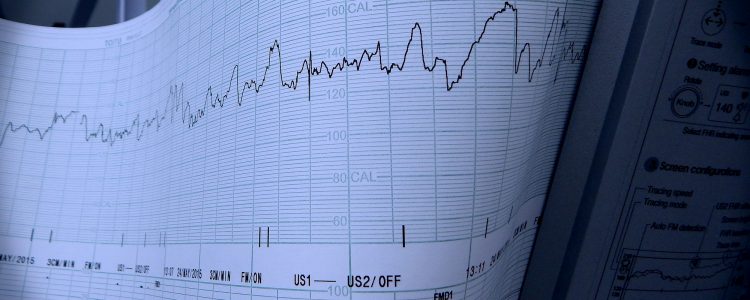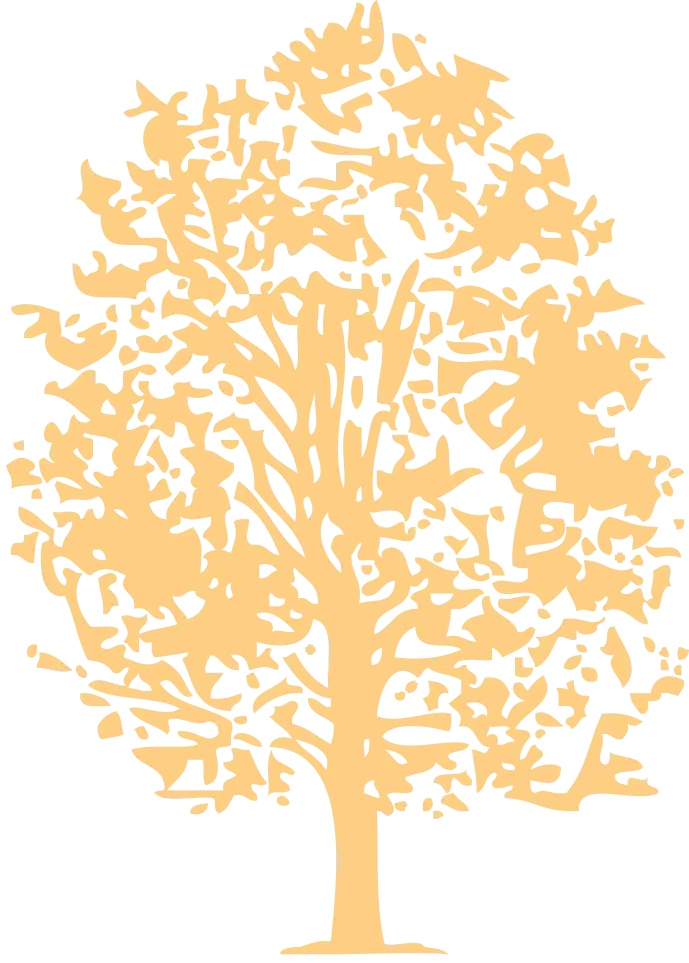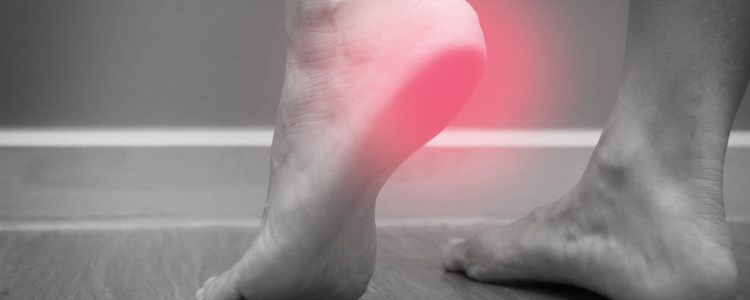
Piriformis Syndrome – What Is It?
August 14, 2019
Congestive Heart Failure – What Is It?
October 15, 2019Calcaneal Spurs – What Are They?
Calcaneal spurs, also known as heel spurs, are bony outgrowths that form on the calcaneal tuberosity or the heel bone. Calcaneal spurs that occur beneath the soles are called plantar heel spurs which are commonly associated with Plantar fasciitis. Those that are found at the back of the heel are called dorsal heel spurs which are also linked to Achilles tendinopathy.
The Anatomy
The calcaneal tuberosity area is composed of many muscles including the Soleus, Abductor Digiti Minimi, Abductor Hallucis, Gastrocnemius, Flexor Digitorum Brevis, Extensor Digitorum Brevis, Extensor Hallucis Brevis, and Quadratus Plantae; and the plantar fascia that exert an adhesive friction on the tuberosity (rounded heel bone) and nearby regions of the heel especially with abnormal or excessive pronation.
An inferior calcaneal spur, also known as a plantar heel spur, is located on the lower aspect of the heel which is situated superior to the plantar fascia insertion. It develops as a response to plantar fasciitis over some time and may also be associated with ankylosing spondylitis especially in children.
A posterior calcaneal spur, also known as a dorsal heel spur, grows on the back of the heel at the attachment of the Achilles tendon. It is often bulky and easily palpable through the skin and may need to be surgically removed as part of the treatment of insertion Achilles tendonitis.
Causes of Spurs
The causes of calcaneal spurs are often the result of repetitive trauma to the foot. One of the common causes of Calcaneal Spurs is Plantar fasciitis; the inflammation of a thick band of tissue underneath the foot that stretches from the toes to the heel. When the foot goes through consistent pressure to the plantar fascia ligament, it produces small rips and breaks close to its attachment.
To repair the injury, the body reacts with inflammation (plantar fasciitis) which causes the symptoms to occur. Calcium deposits start to gather in the space where there is ripping created. Generally, this does not affect a person’s daily activities. Over time, the minerals build up on the bottom of the heel bone to form a calcaneal spur or heel spur. When the mineral buildup reaches a considerable form, the person feels pain surrounding the spur.
People who are prone to developing calcaneal spurs are those who have overpronation feet, have heavyweight problems and those who are frequently wearing high heels.
Symptoms of Spurs
Stabbing pain is the first symptom of Calcaneal Spur. The person feels a sharp piercing pain in the bottom of the foot near the heel that worsens in intensity after prolonged periods of rest. Patients may report severe heel pain a few steps after getting up in the morning. Also, patients may refrain from putting their weight on the affected heel. Prolonged standing or rising up after sitting for a while may also trigger the pain. Walking, running, lifting heavy objects can intensify the pain.
Diagnostic Procedures
The doctor may take note of the patient’s history and perform a physical examination. An x-ray can often establish the diagnosis. Other diagnostic adjuncts can also rule out calcaneal spurs including radiology and sometimes but rarely, doctors perform an MRI to be definitive.
SOURCES:
https://en.wikipedia.org/wiki/Calcaneal_spur
https://www.physio-pedia.com/Calcaneal_Spurs


